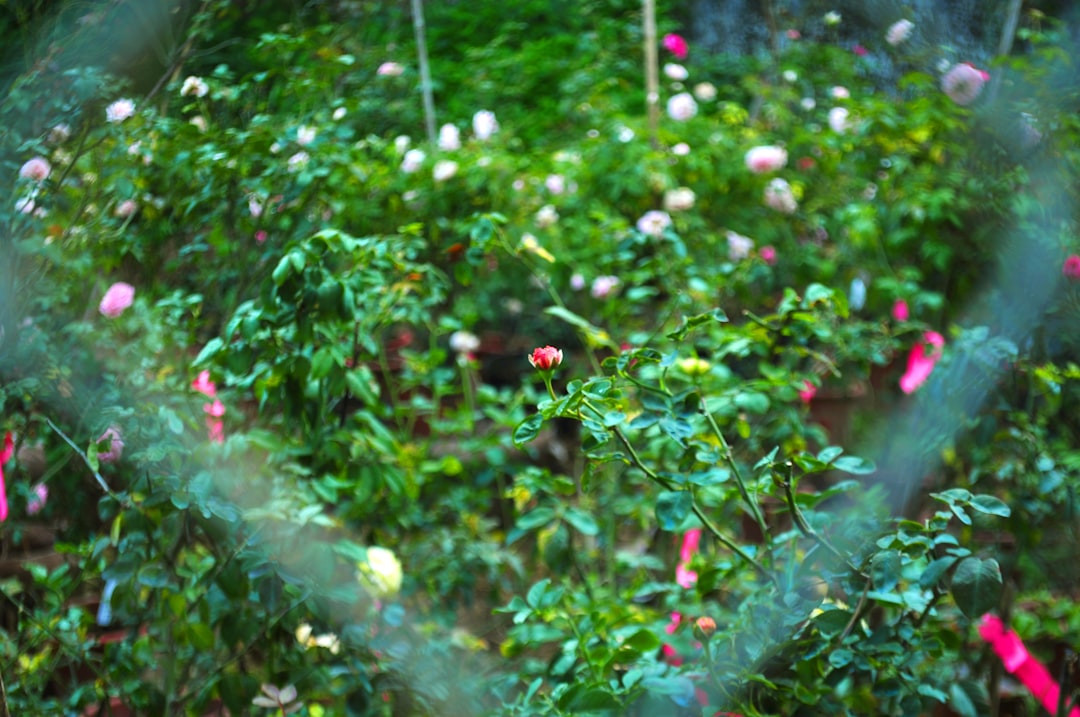The Hidden Gem of the Garden: Chia

When one thinks of annual flowers gardening, chia might not be the first thing that comes to mind. However, chia is far more than just a gag gift or a fleeting health - food trend. It's a remarkable addition to any garden, offering both aesthetic and practical benefits. In this guide, we'll explore how to grow chia for sprouts or seeds, unlocking the full potential of this under - appreciated plant.
Chia, scientifically known as Salvia hispanica, is a member of the mint family. Native to Central and South America, it has a long history of use by indigenous cultures. The seeds were a staple food for the Aztecs and Mayans, valued for their high nutritional content. Today, chia seeds are celebrated for their omega - 3 fatty acids, fiber, and protein. But before they become a superfood on our plates, they can be a beautiful part of our gardens.
### Getting Started with Chia Gardening
To grow chia, you first need to understand its basic requirements. Chia thrives in full sun, so choose a spot in your garden that receives at least six to eight hours of direct sunlight per day. The soil should be well - drained, as chia doesn't like to sit in waterlogged conditions. A loamy soil with a pH between 6.0 and 7.5 is ideal.
You can start chia seeds indoors about 4 - 6 weeks before the last frost date in your area. Fill small seed trays with a seed - starting mix. Moisten the mix and sprinkle the chia seeds on top. Don't cover the seeds too deeply, as they need light to germinate. A thin layer of vermiculite or fine soil is sufficient. Keep the soil consistently moist but not soggy. Place the trays in a warm location, around 70 - 75°F (21 - 24°C). Germination usually occurs within 5 - 10 days.
If you prefer, you can also sow chia seeds directly in the garden after the danger of frost has passed. Rake the soil to create a fine, even surface. Scatter the seeds thinly and gently press them into the soil. Water the area well.
### Growing Chia for Sprouts
Chia sprouts are a delicious and nutritious addition to salads, sandwiches, and smoothies. To grow chia for sprouts, you can use a simple sprouting jar or a shallow tray. Rinse a tablespoon of chia seeds and place them in the jar or tray. Add about 1/4 cup of water and let the seeds soak for 2 - 3 hours. The seeds will absorb the water and form a gel - like consistency.
After soaking, drain the excess water. Place a mesh or cheesecloth over the jar or tray to allow air circulation. Rinse the sprouts with fresh water twice a day. Keep them in a cool, dark place for the first day or two, then move them to a location with indirect light. In about 3 - 5 days, the chia sprouts will be ready to harvest. They should have small, green shoots.
### Growing Chia for Seeds
If your goal is to harvest chia seeds, you'll need to let the plants grow to maturity. Once the chia seedlings are a few inches tall, thin them to about 6 - 12 inches apart to give them enough space to grow. Water the plants regularly, especially during dry spells. Chia is relatively drought - tolerant, but consistent moisture will result in better growth.
As the plants grow, they will produce tall spikes of small, purple or white flowers. These flowers are not only beautiful but also attract pollinators such as bees and butterflies. After the flowers fade, seed pods will form. The pods will turn brown and dry on the plant. When the pods are fully dry, you can harvest the seeds. Cut the seed heads and place them in a paper bag. Shake the bag to release the seeds. Separate the seeds from the chaff by winnowing or using a fine sieve.
### Caring for Chia Plants
Chia plants are generally low - maintenance. However, they do benefit from some basic care. Fertilize the plants lightly with a balanced, organic fertilizer once or twice during the growing season. Avoid over - fertilizing, as this can lead to excessive foliage growth at the expense of seed production.
Watch out for pests and diseases. Chia is relatively resistant to most pests, but aphids and spider mites can sometimes be a problem. If you notice any pests, you can use an insecticidal soap or a neem oil spray to control them. For diseases, make sure the plants have good air circulation and avoid overhead watering, which can promote fungal growth.
In conclusion, chia is a versatile and rewarding plant to grow in your annual flowers garden. Whether you're growing it for sprouts or seeds, it offers a unique combination of beauty and functionality. So, why not give chia a try in your garden this year?